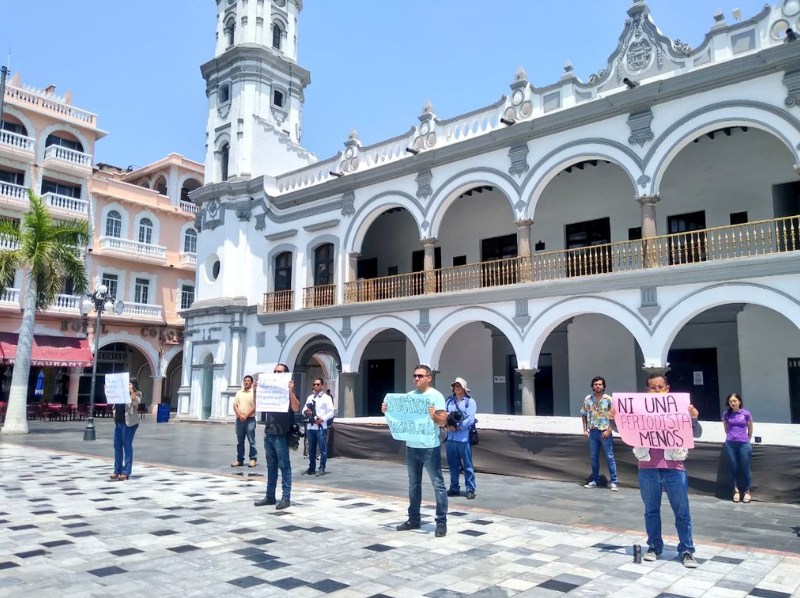The Guardian reports that Mexican journalist María Elena Ferral Hernández was shot to death on March 30 in Papantla, Veracruz “as violent crime in the country – and attacks on the press – continue amid the coronavirus pandemic.”
That article notes, “Ferral reported for the Veracruz newspaper El Diario de Xalapa and founded the news website Quinto Poder de Veracruz, where she investigated sensitive issues such as crime, corruption and the police.”
“Threats and harassment from local politicians prompted Ferral to seek protection from a state commission for protecting journalists [the Veracruz State Commission for the Attention and Protection of Journalists, CEAPP]. The government later withdrew the bodyguards assigned to her, according to [Reporters Without Borders].”
The Committee to Protect Journalists (CPJ) adds, “Ana Laura Pérez [the president of the state commission] told CPJ that Ferral had been assigned a bodyguard and a GPS device in 2016 after having reported threats. The state Public Security Secretariat removed the bodyguards in 2017, however, without consulting with the protection committee, Laura Pérez said. She said the state government had determined that Ferral had not ‘made good use’ of the security measures, but was unable to provide further details.”
The Peace Brigades International-Mexico Project has noted that a Protection Mechanism was created for journalists in Autumn 2010. Later, the Law for the Protection of Human Rights Defenders and Journalists was signed into law in June 2012.
That law obliges both federal and state authorities to protect the rights of journalists and human rights defenders.
PBI-Mexico has commented that “the Mechanism continues to demonstrate notable deficiencies and concerning failures.”
“Between December 2018 and late-August 2019, at least 24 human rights defenders and 15 journalists had been murdered across the country; three of those killed were covered by the Protection Mechanism.” The current Mexican president Andrés Manuel López Obrador took office in December 2018.
Overall, more than 100 journalists have been killed in Mexico since the country launched a militarized crackdown on drug cartels in 2006.
A diagnostic study by the Office of the United Nations High Commissioner for Human Rights (OHCHR) in July 2019 found that, “among other suggestions, the mechanism could be more effective if it had more and better-quality resources, more efficient internal processes, and better coordination with other authorities.”
PBI-Mexico notes, “Now in 2020, we await a genuine commitment from the government to implement a holistic public policy on protection by following up on the recommendations from OHCHR’s diagnostic study, as well as through the revision of the Law for the Protection of Human Rights Defenders and Journalists.”
PBI Communications Coordinator Hannah Matthews has also commented, “The Mechanism has yet to fully develop policies and practices capable of effectively protecting journalists and human rights defenders.”
She further notes, “The Mechanism can’t possibly address its shortcomings with its current budget and staffing levels. Providing additional funding would be the first step the Mexican government can take to ensure the Mechanism has the resources necessary to manage its rapidly growing caseload.”
PBI considers it urgent that the Mexican State guarantee the security of HRDs and journalists by implementing an effective mechanism for their protection. Unless HRDs and journalists have sufficient political space and safety guarantees to be able to promote social change, Mexico’s democratic transition will be seriously compromised.
For more, please see the PBI-WOLA report Turning the Tide on Impunity: Protection and Access to Justice for Journalists and Human Rights Defenders in Mexico (March 2019).
Photo: Journalists protest the murder of María Elena Ferral Hernández.



